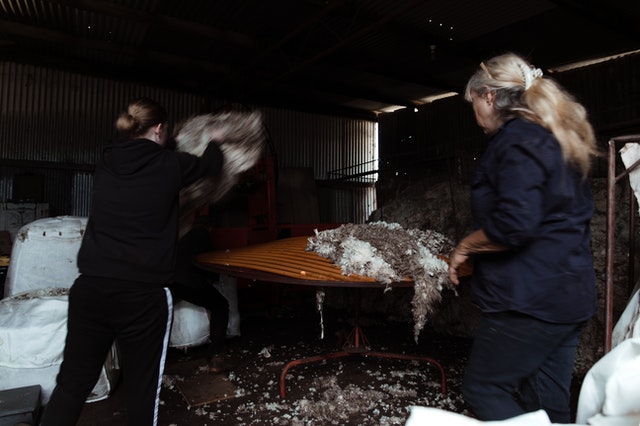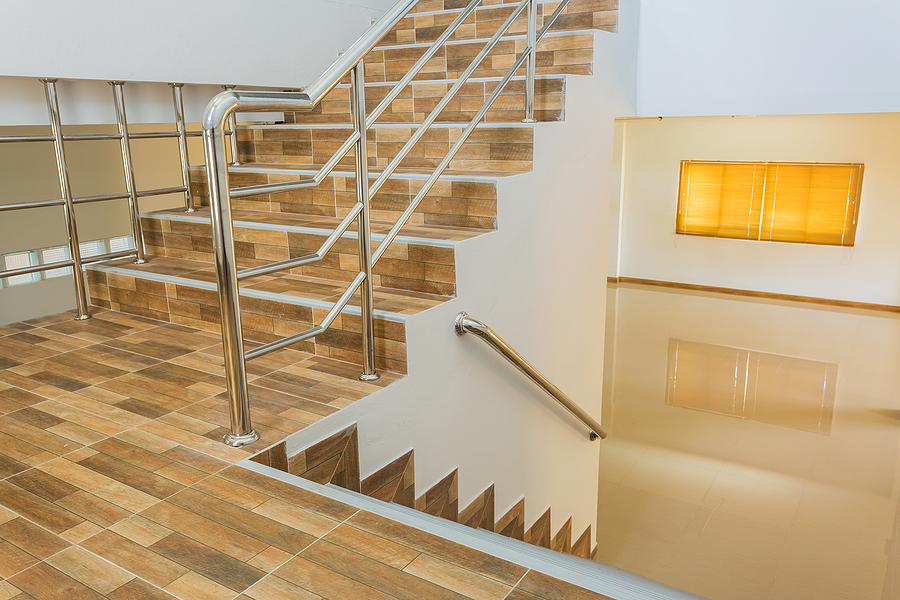Do you know much about wool sheds? Shearing sheds are another name for them. They’re main purpose if for shearing and other tasks on farms, as you could have imagined. Wool sheds are vital in nations like Australia, sheep are regularly sheared for their fleece, often by the hundreds to thousands.
What do a wool sheds functions entail?
Shearing quarters are used for a number of things. Shearing sheep, storing equipment, and sheltering and packaging fleece are all done here.
Sheep penning areas are common in wool sheds. Sheep are usually moved into the penning space for a couple of days before being sheared to make sure that they are well dry. Damp or wet sheep might be sheared, which can cause health issues for the shearers. Sheep typically seek protection from the rain in shearing sheds during the chilly colder months and when the weather is wet and windy.
Shearing sheds should include a shearing area. This should ideally be close to a release chute where they are released. A capturing pen was typically featured in older kinds of wool sheds.
Wool rooms are also seen in shearing barns. Typically, shearing hands have a designated location that is nearby. Before being put away in preparation for being packed up and taken to the market, fleece is tossed onto a table to be skirted, rolled, and classed.
What matters in wool sheds?

All wool barns need enough illumination. Shed hands need enough illumination to be able to get a good view of what they’re doing. Enough ventilation is also required to ensure that fresh air is flowing in and to assist in the management of temperature in wool sheds in the summer months. Wool sheds may get quite hot as a result of the heat generated by the animals and their wool.
Wool sheds that are newer
Shearing is beginning to change. Modern sheds are much more modular, with catching, holding and shearing pens, and often employ a three-pen configuration. New pens for catching sheep frequently include a slope so that the animals may be faced away from the gates and be captured and sheared.
Modern pens for catching sheep are slanted so that the person shearing doesn’t have to walk around as much, reducing the risk of back damage. Most chutes include a level shelf so that equipment can be quickly accessed.
Telehandlers are utilised to load up bales, allowing for the most efficient use of space. To avoid injuries, improvements have been made to suit the floor height and match the steepness of the chutes. Sheep are aren’t as likely to be injured if the chute isn’t too sharp and the entrance isn’t too high for employees to hurt their toes.
A bathroom, kitchen, and lunchroom are normally located at the entrance of the shed. There are usually sleeping rooms nearby in case someone becomes unwell and has to take a break throughout the day.
Sheep produce a lot of heat; thus a lot of shearing sheds have temperature control to moderate the temperature. When addressing heat management, the direction you pick is crucial.
If you’re thinking of installing a wool shed onto your farm or updating an existing shed, you should evaluate what you’ll require. There is a lot of manufacturers and builders that can help design what you need. There are some ready-made choices available that could work for you, but they’re usually not developed with big commercial operations in mind.
Ask around if you’re not sure about what kind of structure you should build and what best suits your needs when it comes to shearing your sheep.



